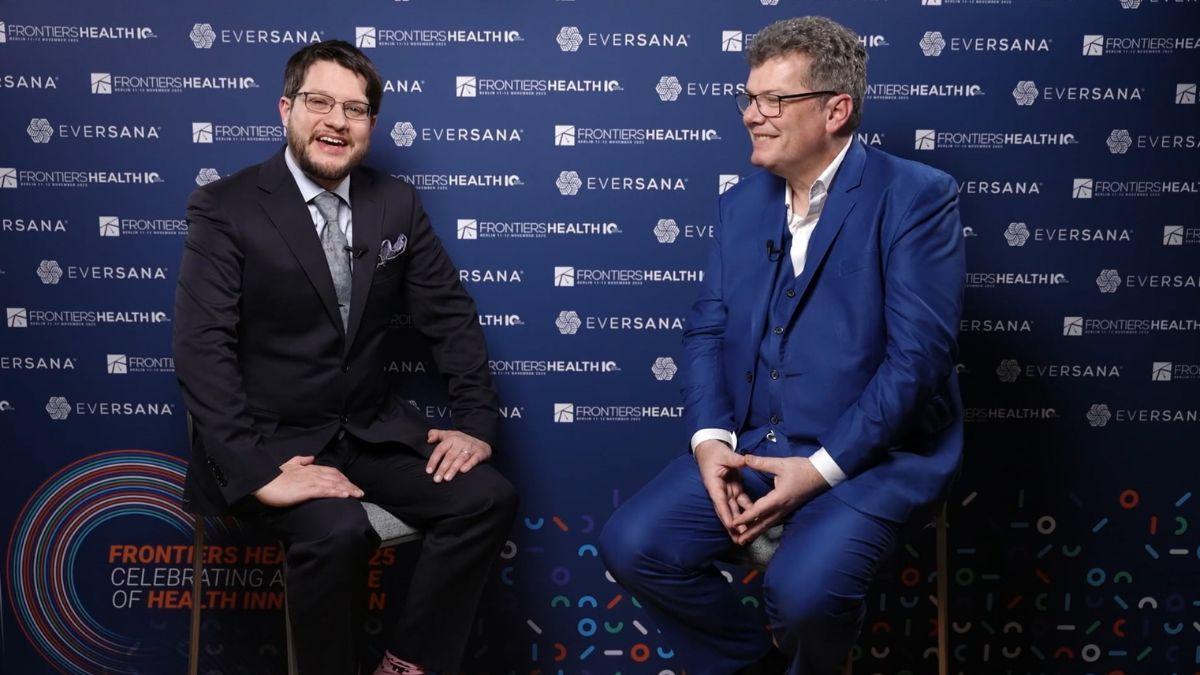NICE contribution to the cost per QALY threshold debate?

Leela Barham sets out some wider context to the latest blog from NICE on the cost-effectiveness threshold used by the agency and highlights the opportunity for stakeholders to build their case for change, a case that needs to be made to politicians, not NICE, over the next three years.
In December 2024, Dr Jacoline Bouvy, programme director for medicines evaluation at NICE, published a blog that posed the question, should NICE’s cost-effectiveness thresholds change?
The blog pointed out how important the cost-effectiveness thresholds are to decision-making and set out why NICE uses a threshold range, to help the NHS to use its finite budget effectively.
The blog also pointed out how there has been a debate about the value of the threshold – currently, the “standard” threshold is £20,000 to £30,000 per QALY – recognising the push for a lower threshold of £15,000 per QALY informed by academic studies, but also the counter calls for a higher threshold from the pharmaceutical industry and patient groups.
There is also a non-standard threshold range that is not covered in the blog via severity modifiers that NICE can apply. NICE could, if the highest modifier under the current guidance is applied, use a threshold up to £300,000 per QALY.
The blog ends by pointing to how the thresholds are fixed at least until the end of 2028 via the voluntary scheme – currently known as VPAG – agreed between the government and the pharmaceutical industry. But there is more to add to the debate on these points (and likely more than will be covered here, too, so join in the conversation!).
Empirical estimates are out of date
Bouvy’s blog references work that suggested that NICE should be using a threshold closer to £15,000 per QALY.
No reference is given, but it’s likely that this is referring to work from 2015 from researchers at the University of York, OHE, and Imperial College that estimated NHS expenditure used to generate one additional QALY. That work gave an estimate of £13,000 per QALY.
The £13,000 estimate was up-rated for inflation to £15,000 per QALY as part of 2016 work to look at the cost-effectiveness threshold that should be used for decision-making for vaccination and immunisation, but also informed by a working group that looked across government on how appraisal was conducted. (As an aside, given the fall in the purchasing power of the pound over time, the threshold would have to be much higher now to have kept pace – researchers put the threshold range at £28,584-£42,876 for 2021, accounting for inflation - but arguments to increase the threshold range based on inflation have fallen on deaf ears, in large part because that’s not aligned to the opportunity cost argument that sits at the heart of health economics.)
There was a debate at the time about the data used by the York/OHE/Imperial team (the best available, but not ideal for the purpose) and the assumptions that needed to be made (with a lot resting on the efficiency of the NHS). Leaving that aside, its relevance now is debatable, given it used NHS expenditure data from 2008/9.
More recent empirical estimates are available, but even those only cover between 2003/4 to 2012/13. And a lot has changed since then.
A range of estimates is common across the studies that have tried to determine what the NHS spends to generate a QALY, from a low of £5,000 to £18,217. People can (and do) argue about how these numbers come about and there are other options to determine the threshold. But what is clear for policymakers is that it’s uncertain just how much it costs the NHS to generate a QALY. There’s no magic number.
There’s some evidence that the cost to the NHS to generate a QALY probably is around the range used for most technologies of between £20,000 to £30,000. That supports the status quo, although researchers (as researchers always do) have called for more research into how to reduce uncertainty around the threshold.
Opaque cost per QALYs used in NICE decision-making
If it’s tough to work out how much the NHS spends to produce a QALY across all its activities, it’s perhaps harder still to know what the real cost per QALYs are that underpin individual NICE decisions.
There is general guidance set out in the NICE manual – where the £20,000 to £30,000 features – about how to approach decision making, but individual decisions about treatments will have a range of estimates of cost per QALYs. Research has found that, in the past, lower cost per QALYs come from manufacturer estimates, and higher ones from independent groups who critique company submissions. Committees will have a view on what is most the most plausible cost per QALY lies from these estimates. In the past, this was set out in NICE documents, less so in recent times.
Then there’s the issue of confidential discounts on treatments list prices, which will make it cheaper to produce a QALY. Published estimates of cost per QALYs for individual treatments – whoever calculated them - will often not set out what the resulting cost per QALY are accounting for confidential discounts.
There are some stats that bring these issues to life. Andrew Walker, director at Salus Alba, an HTA consultancy company, posted six months ago on LinkedIn, noting that NICE committees had used the current rules around the threshold range 76 times since 2022. In 17 of these, there were confidential commercial arrangements and in 19 an acceptable ICER wasn’t stated in NICE papers. Of those that had the ICERs, 22 were at the lower end of the £20,000 to £30,000 range, six around the middle, and 10 at the upper end, with the last two under £20,000. Walker suggested that perhaps the bigger picture was being missed and that what makes more difference than severity modifiers was likely to be whether the ICER threshold was £20,000 or £30,000. Put simply, it matters where NICE committees start from, more than the flexibilities that can be applied, when considering what is cost-effective.
A lack of transparency in the cost per QALYs used by NICE committees in their decision-making is predictable. Companies have incentives to use confidential discounts not only to protect the public list price, which can be used by other countries as part of international reference pricing, but also by NHS policy. “Enhanced” commercial arrangements are “normally […] for medicines expected to have value propositions at or below the lower end of the standard NICE cost-effectiveness range,” as set out in the NHS commercial framework for new medicines.
Industry group EMIG points to other moments along the journey to launching a new medicine in England where discounts are needed in addition to any discount that might have been required to hit the NICE threshold. They include discounts as part of commercial and managed access agreements (those that sit under the NHS commercial framework), but also the budget impact test, therapeutic tending, and then payments via the voluntary scheme.
It’s political
It's not covered in Bouvy’s post, but it’s worth stepping back from what the number, or range, for the threshold should be, and asking who should set it? It’s not NICE that currently does, and some have argued it shouldn’t ever be. It’s been argued that it’s a matter for parliament. It’s politicians who decide how important the life sciences industry is and how much to put into the NHS from general taxation, after all, and to a lesser or greater degree it’s government that can shape the growth of the economy (even if some politicians don’t like the influence on the economy that they are accused of). The trade-offs that arise from these political decisions, both explicit and implicit, are borne by today’s and tomorrow’s patients.
What Bouvy does point out is how the idea of lowering the threshold generates strong views. It would have clear and inevitable impacts on NICE decision-making, with far fewer treatments being recommended than the 84% NICE says is the case now through its technology appraisal programme. Politicians would definitely hear about the fallout, that’s for sure. It would potentially reduce the success of NICE in acting in large part, as a political shield.
Three years to make a case for change
Whilst it’s not always been the case, the threshold used by NICE has become part of the government and industry’s negotiations on a voluntary agreement that has covered pricing and access.
The current agreement states that “the standard cost-effectiveness threshold used by NICE will be retained at the current range […] and will not be changed for the duration of the 2024 voluntary scheme.” VPAG is due to end on 31st December 2028.
What this really means is that all stakeholders have three years to make a case for the change that they want to see. And that case needs to be made directly to politicians not NICE.












